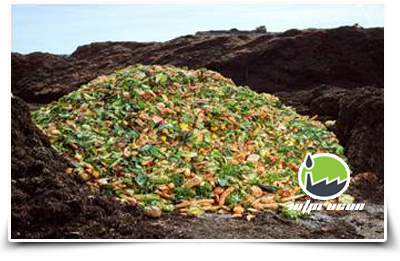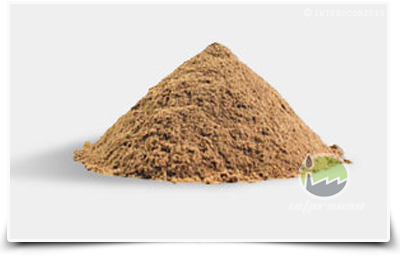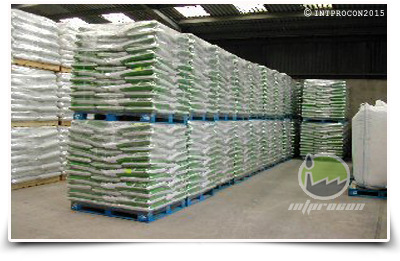ORGANIC WASTE PROCESSING PLANT
General information
Almost any activity that humans do generates waste with certain characteristics that can be converted diverted or transformed, to generate economic resources in order that our communities and activities are responsible with the environment.
In the chain of production of organic waste from communities, the most common is that they end up in sanitary landfills, becoming a contaminating agent of the environment, air, water bodies, among others, and the communities that live in around these areas they end up affected, so close to being a solution they become a problem that the communities must know how to handle.
INTPROCON, aware of this problem have generated a viable solution that allows our customers to transform the problem of organic waste into organic fertilizers that generate resources and a material that can be incorporated into the environment, decreasing the size or eliminating the use of landfills.

WHAT ARE ORGANIC WASTE?
A waste or garbage is that material that is no longer needed and that has to be eliminated, and this results from the daily activities of human beings.
Among the various wastes generated by humans we can locate organic waste, which are those that have a biological origin, that is, once had life or was part of a living being, such is the case of the branches of the trees, leaves, plants, fruit peels, and any residue that results from the preparation of food at home, in industries and even in restaurants.
The decomposition process is accelerated by the environment and usually these waste throw pollutants where they spill, becoming toxic and altering the environment.
These elements can be processed in such a way that they are reconverted and can be use as a fertilizer and even animal feed.
MOST SIGNIFICANT BENEFIT OF THE PROCESS
The process is simple and adaptable to almost any organic material, which is subjected to the reduction of particle size (up to 50 microns), then the removal of moisture (close to 70%) and subsequent heating by friction to high temperatures to kill contaminants and ensure the safety of the final product, which is an inert meal or powder that can be bagged or stored in tanks for later commercialization. The resulting product is a powder or meal of 50 microns in particle size and a humidity of 5 to 12%.

WHAT IS CONTROLLED WITH THE PROCESS?
As we have mentioned, the processing of organic waste generates two large products that have nutritional value and fertilizers, for both conditions the processing must take high temperatures and the reduction of particles, mainly due to the harmlessness of the resulting or converted materials and thus avoid contamination of diseases of the end products. Those elements on which current technologies are focused in:
If you need more information about our solutions
Fill out the form and we will assist you as quickly as possible.

FINAL PRODUCTS IN THE FORM OF MEALS
The end products from the processing can be divided into two large groups and will depend on the local regulations and the composition of the same, these are:
At INTPOROCON we are dedicated to the design, construction and commissioning of industrial plants, according to the needs of our clients, and for this reason we have worked in gathering all the elements that you need for the start-up of a Biomass processing plant and the production of Organic Fertilizers
Why choose Our Plants?
Our customers choose this type of plants because:
